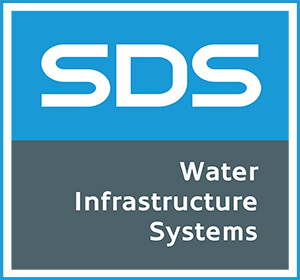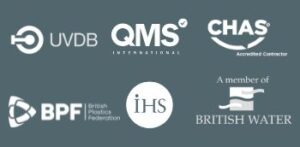As a contributor to the research project regarding the planned Building Regulations Part G, I concur with many of the recommendations for improved water efficiency laid out by Waterwise.
I agree that the current calculation-based methodology of a pre-determined individual water consumption level is both misguided and statistically incorrect. Through working closely with Albion Water, as the only Water Company already providing a residential development with a dual-feed water supply system that is metered and monitored, I feel I am well-positioned to offer an educated opinion and support the argument, promoted most notably by Thames Water, that this is a flawed criterion for benchmarking and targeting against.
I support Waterwise’s call for all new-build properties to be equipped with the devices necessary to facilitate rainwater harvesting and/or grey water reuse and would argue that this should best be considered as a development-wide, centralised scheme as opposed to at individual property level.
I would also suggest that more focus be brought to the contribution that retrospective fitment to residential and business properties alike of a rainwater harvesting system might bring to reducing potable water consumption, whilst at the same time providing the additional benefit of helping to prevent surface water flooding from increasingly significant and frequent rainfall events. Working on behalf of numerous Water Companies around the UK, SDS has installed ‘smart’ (i.e. active) rainwater recycling systems with the capacity to deliver the same water attenuation capacity as 75 ‘dumb’ (i.e. passive) systems, whilst occupying a minimal amount of space (which is especially beneficial in more dense urban environments such as terraced streets for example). Such systems have been deployed in areas of water scarcity, high flood risk and indeed where both issues are prevalent and require addressing.
However, from our unique perspective of both designing, engineering, manufacturing and installing water management solutions and also supplying water utilities and drainage asset management and maintenance services, I feel obliged to respond to Waterwise’s supposition that NAVs sit outside of the regulatory framework and are therefore ill-motivated to promote water-saving initiatives.
As positive CSR and environmental credentials grow in importance from both regulatory and ethical perspectives any organisation supplying water would surely wish to demonstrate improvements in the efficiency in which that water is supplied and used, along with reductions in abstraction and unlicensed wastewater treatment and disposal. Albion Water, along with NAVs in general, must find ways to compete with the traditional Water (Utility) Companies (WUCs) by providing such added value services to which a larger, potentially less agile organisation might find more difficult to respond.
Indeed, over 40% of Albion Water’s social media posts in the 8 months since August 2023 have encouraged its customers to consider their use of water and adopt simple changes in behaviour that can contribute to significant reductions in consumption. I would refute, therefore, Waterwise’s claim that “NAVs have little or no incentive to reduce water consumption” – certainly in comparison with a large Water Utility Company (for example Wessex Water, whose customers exceed 3 million, whereas Albion has just 3,000) – and suggest in fact the opposite may be more accurate.
I feel compelled to point out that Waterwise’s claim that “any savings by customers directly reduce their [i.e. NAVs’] revenue” must surely apply to WUCs also, except that the loss in revenue is much greater of course when factored across millions, rather than thousands, of customers.
If indeed the following statement made by Waterwise is correct: “An increasingly large proportion of new housing development water provision is via a NAV rather than a traditional wholesale water company” (for which we would be interested to learn of the source) this would seem to carry limited significance when the claim that “the number of customers supplied by NAVs [is] approaching 1 million” is taken into account. On this basis, NAVs’ share of the domestic household market equates to approx. 3.6% based on 28 million households in the UK (Source: ONS 2022 figures). I would suggest, therefore, that Waterwise’s request for an urgent review of “the risks that the rapid growth in the number of NAVs linked to new development poses to [Government’s] demand reduction ambitions” is somewhat misguided.



